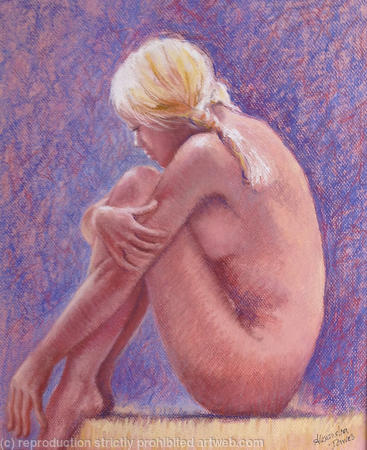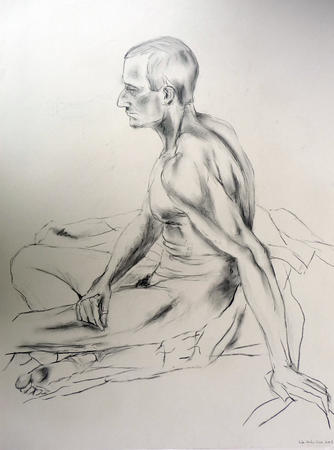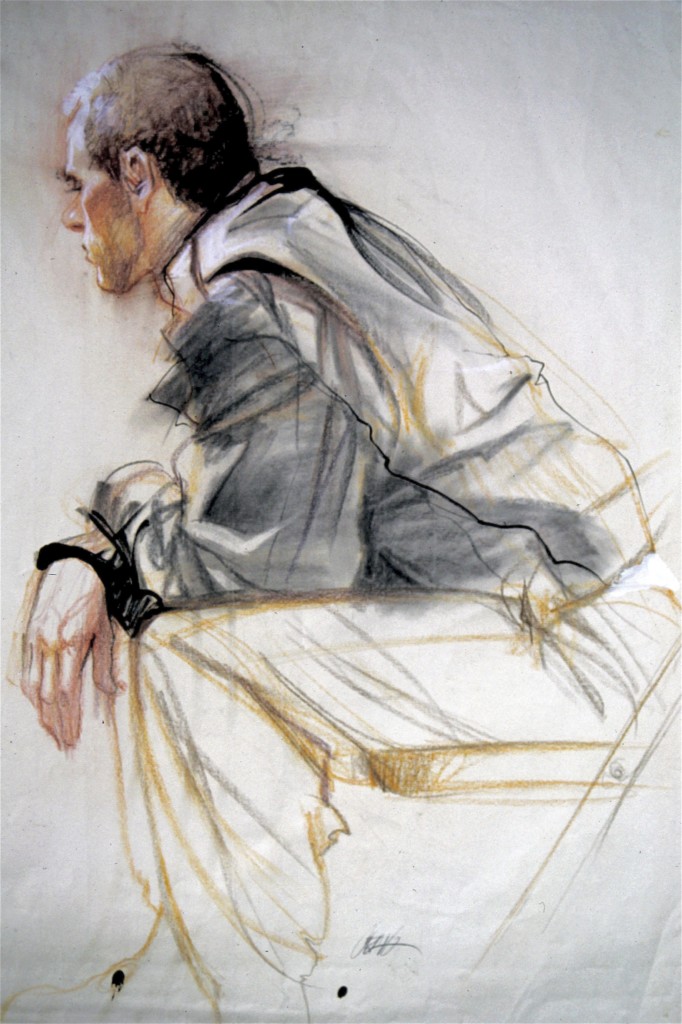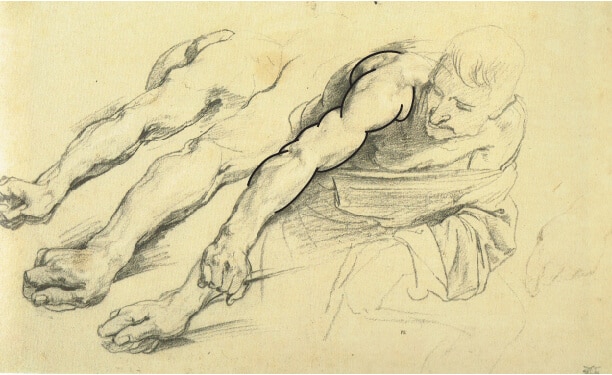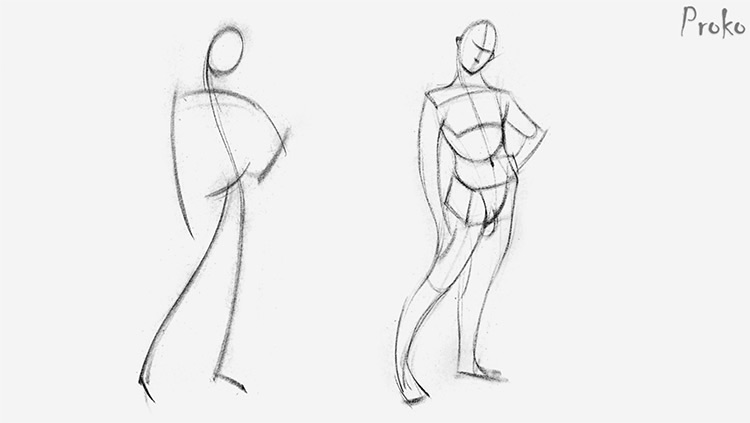Drawing and Painting the Figure
Drawing and Painting the Figure
Books on Drawing and Painting will clearly be good resources for anyone learning how to draw figures. I found a copy of this book while browsing my local library. Drawing and Painting the Figure – A practical and inspirational guide to professional drawing and painting techniques, Stan Smith & Linda Wheeler, Quantum Publishing, London, 2002
Full-Length Figure Drawing Lesson – VIDEO:
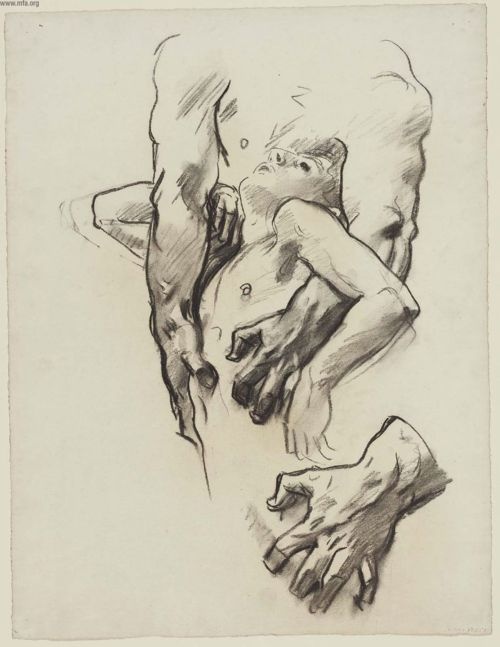
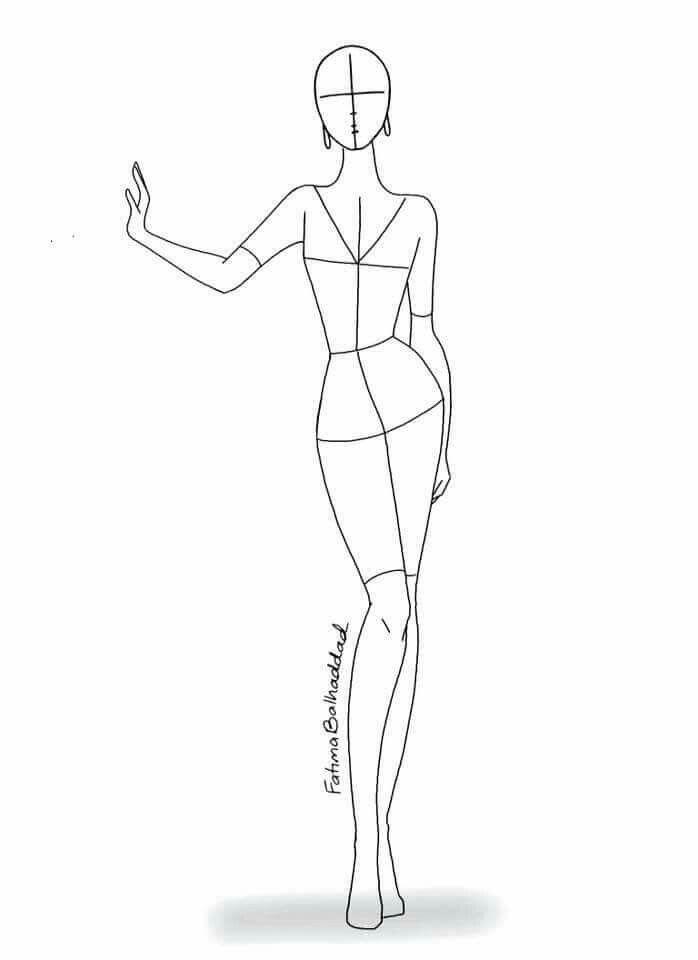
The anatomy section was useful for me, providing a good analysis of the use of knowledge of human anatomy in the drawing. There was a good summary, plus some practical rules of thumb – for example, using triangles to outline torsos – for women the hips provide the base of the triangle, and the neck the apex; for men, the triangle is inverted, with shoulders wider than hips. Other interesting and practical sections included a view of the differences in the aging human skull and the geometry of human faces.
I learned some new words: buccinators, zygomaticus, platysma. Try running an image search on your favorite search engine to see what these facial muscles look like – and try drawing them while you’re at it to help consolidate what you see.
The book also contains some step-by-step guides to creating drawings, which I didn’t like so much, but they did provide useful commentary and tips. You might find it a worthwhile exercise to try a similar drawing yourself and compare results.
Try following the Dewey Decimal system in your own library to number 740 (Arts, Drawing) or 750 (Arts, Painting) to see what useful books you can find there that will help you learn how to draw figures.
